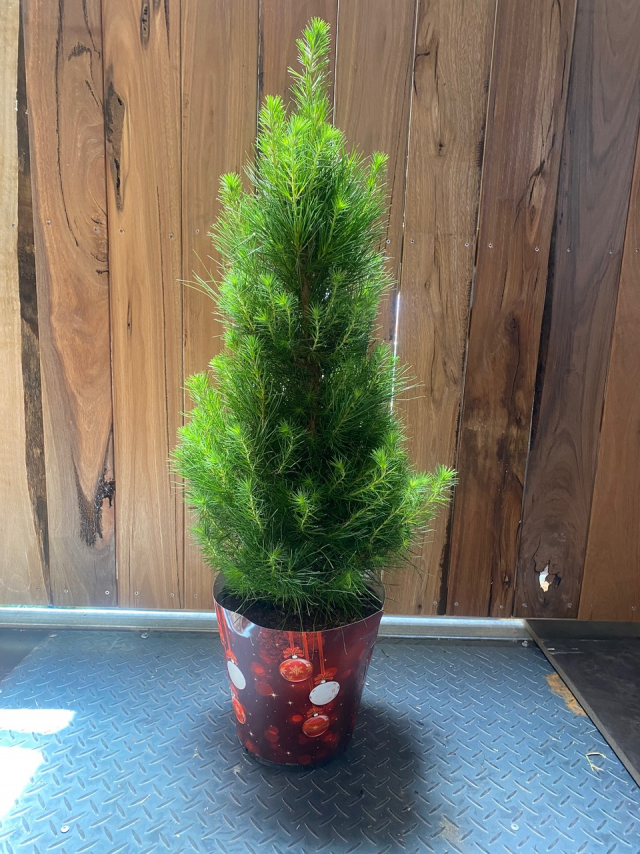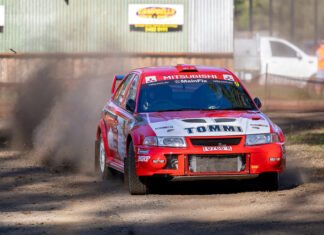
A living Christmas tree in a pot is a long-term commitment but worth every effort.
Compared to an artificial tree, real trees create more work caring for them year-round, but they’re more environmentally-sound and don’t require space in your cupboard. A shower of water will remove any house dust.
Like bonsai trees, Christmas trees in a pot need to live like trees, to be outside with sunshine, nutrients and moisture for the majority of their lives.
Potted trees need to be lightly watered when they’re inside, and kept out of harsh sunlight and breezes which could dry them out without you noticing.
After a few weeks inside for Christmas, reintroduce your tree to morning sunlight gradually.
Use Seasol or other soil conditioner (not fertiliser) to help the tree get over the stress of being inside, and then fertilise four times a year when its outside.
Potted trees should be re-potted into a larger pot every couple of years. Using the best quality potting mix is also key to their longevity and health.
Potted trees are grown in the pot and we can buy them in a range of species and sizes.
Most growers remind their customers to ‘remember to use a saucer under your pot’ especially when you bring the tree inside.
Any tree can be a Christmas tree. For a local native, Gympie Landcare has Bribie Island Pines (Callitris columellaris).
You could try exotics available in local nurseries.
Thuja Rosedalis is a dense shrub with soft, fluffy foliage. It is a slow grower, reaching approximately 75cm x 60cm in the first 10 years.
Don’t be shocked if your tree changes colour from yellow to plum throughout the year – that’s normal.
Spartan Juniper is a quick grower which is ideal for pruning into shape.
Christmas trees farms grow trees suited to their local region.
Here in south-east Queensland, that could be Pinus Radiata (Monterey Pine) for the traditional cone-shaped Christmas tree appearance.
Pinus Radiata has a distinctive scent to enhance your Christmas spirit.
Further south in Australia, farmers sell Monterey Pine, White Spruce (Picea Glauca), Blue Spruce (Picea Pungens), the blueish Norway Spruce (Picea Abies)
White Spruce Christmas trees are a dwarf variety that grows very slowly.
You could go local and native and grow an Araucaria Bidwillii (Bunya Pine), Araucaria Cunninghamii (Hoop Pine) or Araucaria heterophylla (Norfolk Island Pine).
These trees are not shaped like the home decorating books would have you demand of your Christmas tree, but beauty is in the eye of the gardener.
Some ‘potted’ Christmas trees are grown in the ground and transplanted into a pot. These may not be as healthy and established as ones grown in pots.
There is a difference between cut and potted trees. Cut trees are like cut flowers – they need watering and will soon die. It is best if they are not in the path of air-conditioners or drying breezes.
Cut Christmas trees are at their best for two weeks after cutting but may last longer if conditions are ideal.
When transporting a cut Christmas tree which is probably netted to protect it, keep it out of damaging turbulence and hot sun.
Cut trees can be mulched and composted so no landfill there.
Some people go away from pine trees altogether and use figs or lilly pillies.








